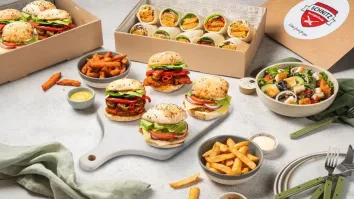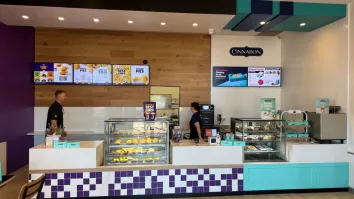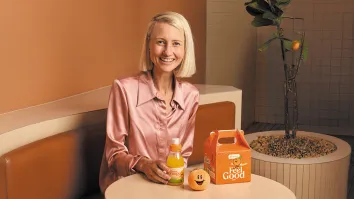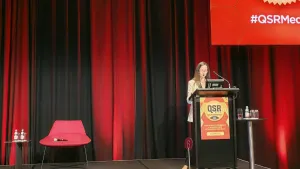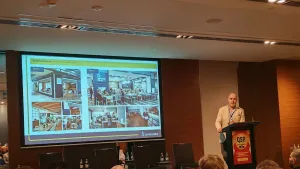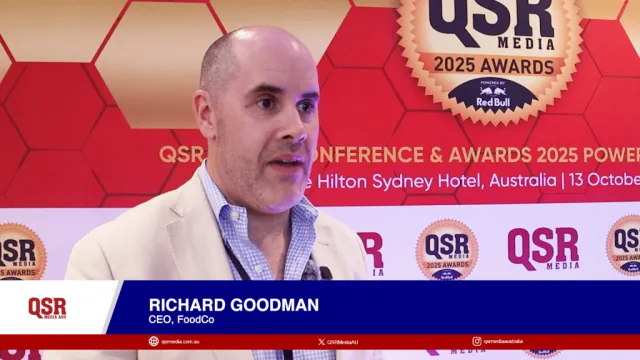
R U open for breakfast? - Part 1
We ask industry analyst Bettina Kurnik of Euromonitor where the opportunities are in the breakfast trade.
QSR Media: What kind of a difference does the breakfast trade make to a QSR's performance?
Bettina: In Australia, as in many higher-income markets around the world, minimal traffic growth has led QSRs to reconsider their typical customers and occasions, and as a result we’re seeing a range of operators expanding their focus for both. Breakfast is key to this daypart expansion, however innovation can effectively serve to drive traffic throughout the day. Thus we’re seeing all sorts of new menus emerging, often catering to between-meal snacking such as tea time, late night and “happy hour.” It’s all about extending the business hours of the QSR beyond the lunch and dinner occasion as part of an “every time, every place” approach to serve the broadest possible range of consumers.
A successful breakfast offering goes beyond food and beverage, as breakfast is an occasion where a QSR can build the most emotional attachment and engage with more customers. As opposed to the quite functional lunch or dinner relationship between QSR and customer, breakfast has the potential for positive imagery through its association with nutrition and “starting the day right”, smiling staff, morning sunshine and the smell of coffee. It’s therefore necessary to target strategies on the various dine-in, take-away or drive-thru channels to build the right communication beyond just menu and pricing.
QSRs that do breakfast well can gain lots of positive equity from consumers by leveraging convenience, affordability and location to provide solutions for relaxed family dining, a momentary escape before a hard day’s work or an on-the-go morning meal.
QSR Media: Who does it well?
Bettina: Breakfast has long been a popular offering for Australian cafés, with the popularity of eggs, bacon and bircher muesli with yoghurt prompting some cafés to offer breakfast as an all-day special menu. The success of the café breakfast offering has prompted QSR operators to increasingly cater to a segment largely ignored, apart from breakfast items at the value end of spectrum or appealing to rushed consumers through their portability.
The current focus of QSR breakfast is challenging this perception, and just as café breakfast menus served as a means of increasing spend per transaction by offering complete meal solutions, this change of perception has also paid off for operators such as McDonalds, both through M Selections menu extensions and McCafé outlets.
QSR Media: Any other comments?
Bettina: Dessert is another important occasion as consumers seek out a variety of affordable indulgences throughout the day. As consumers are willing to experiment, so too must foodservice operators. Breakfast and dessert menus present the potential for smaller, high-quality items at affordable price points – almost like the flipside to discounting, a necessary break from all that austerity and providing a much-needed caffeine fix along the way.



